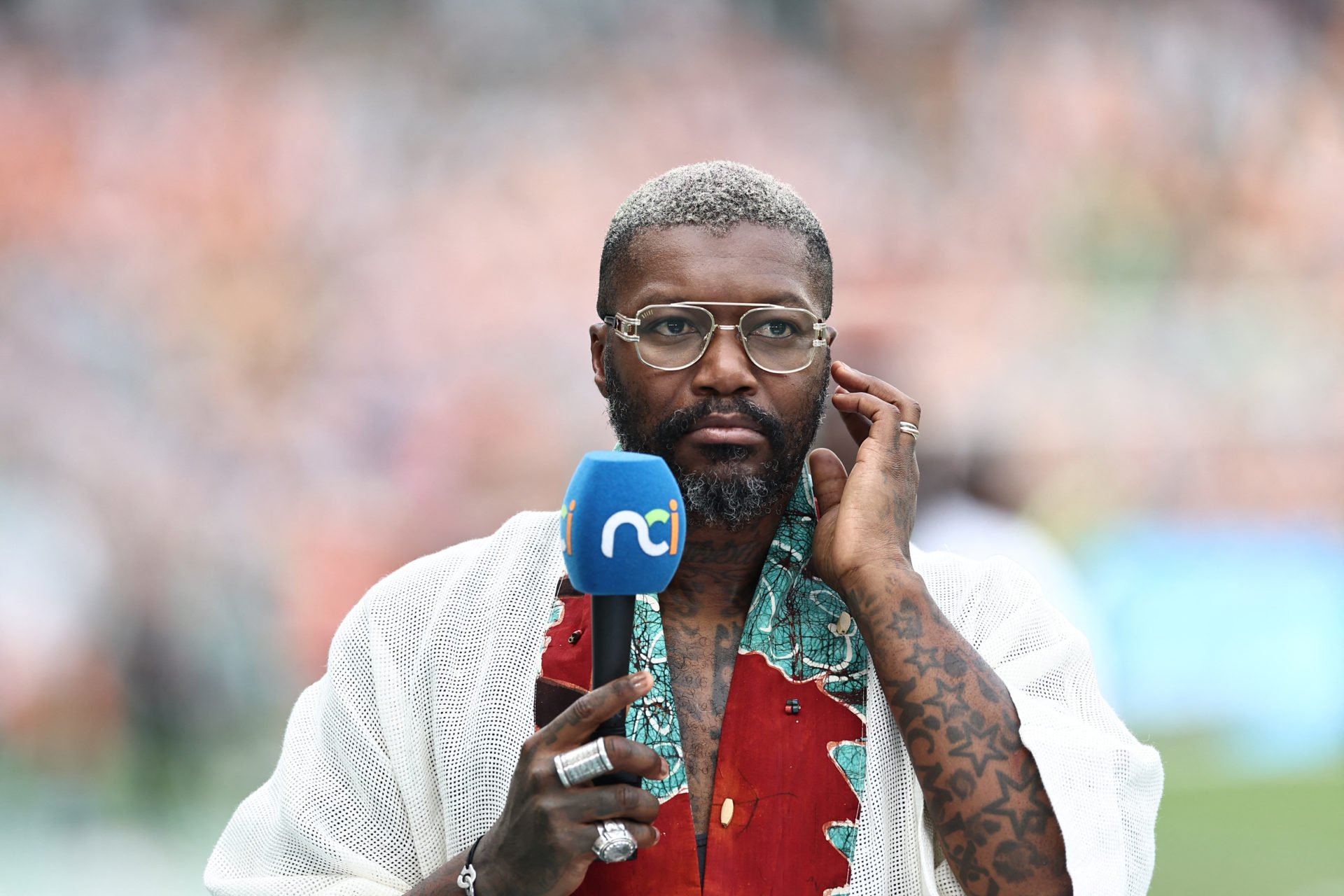How Many Players Are on the Ice in a Hockey Game? At different times during a hockey game, there may be a different number of players on the ice.
Players sit in the penalty box for a designated period of time for several reasons – usually because of penalties.

However, there is a hard and fast rule regarding how many players can be on the ice at the same time. Let’s take a look at it.
How many players are in ice hockey?
As a rule of thumb, six players from a team are on the ice at any given time. This number includes the goaltender.
Regarding serving penalties, this will affect the number of skaters, causing them to drop to four or three and be shorthanded for 2 to 5 minutes. During overtime in the regular season, each team will skate with three players.
What is the maximum number of players on a hockey team?
A National Hockey League team is allowed to dress up to 20 players for each game. This number tends to be broken down as follows:
- 12 forwards
- Six defensemen
- Two goaltenders
One goalie will be in the net from these numbers, and the five skaters will be broken down into two defensemen and three forwards. The forwards will include a left-wing, a center, and a right-wing.
A team can decide to break from tradition and dress 11 forwards and seven defensemen, or they can go with 13 forwards and five defensemen — though this latter option is rare. Two goaltenders are always required, per NHL rules.
In the case of an injury or if the original goalie isn’t having a great night, the other goaltender from the team can tap in and continue the game. Due to shift changes, the other skaters will switch on and off throughout the game.
How many players per team are allowed on the ice and how are substitutions made?
Full-strength hockey is considered 5-on-5, which counts the skaters but not the goalies. So, six players are allowed on the ice for each hockey team. Substitutions can be made on the fly via what is called a line change, or they can be made during stoppages in play or when a period is over.
Substitutions during icing
If a team ices the puck, they cannot make any substitutions before the next face-off. The NHL implemented this rule to stop teams from icing the puck under pressure to get a line change in an effort to increase scoring.
If a team ices the puck, the faceoff comes back to their defensive zone, and the opposing team has the advantage of ice their best players against a tired team.
How does substitution work in NHL?
Substitution is relatively easy in the NHL. Any player on the starting team roster can replace any player as long as six players are on the ice per team at any given time, assuming it is even strength. The only rule in this situation is that there can be a maximum of one goalie on the ice at any time.
According to the rules of ice hockey, a player from the bench is allowed to go onto the ice before the player they are replacing has fully exited the ice surface, as long as they do not make contact with the puck and they are within 5 feet of the player benches. If they do not meet this criterion, the team will be given a bench minor penalty for too many men on the ice.
In the case of a team pulling its goaltender, a substitution can be made where the goalie comes off the ice, and an extra attacker goes on. In this situation, assuming even strength, there are still only six total players on the ice for the team.
As mentioned above, substitutions during icing are not allowed. The players must remain on the ice and participate in the upcoming faceoff, unless there is a rare situation like an injury. A goaltender can come back on the ice and replace the extra attacker in this situation. So, it does not apply to a pulled goaltender.
What is an illegal substitution in NHL?
Suppose a player substituting for a player coming off the ice enters the surface and touches the puck before the exiting player is off the ice surface. In that case, this is an illegal substitution, and the team will be assessed a two-minute penalty for too many men on the ice. If a player comes on the ice before the player coming off the ice is 5 feet away from the bench, this can also be called too many men.
Alternatively, players cannot substitute if their team has iced the puck. This is not a penalty but simply a rule that the referees enforce.
How many substitutions are allowed in ice hockey?
You’re allowed as many substitutions as you’d like in hockey throughout the game. It is common for a first-line NHL player to play anywhere from 30 to 40 shifts a game.
Considering the average shift length in the NHL is only 45 seconds, substitutions, both on the fly and after whistles are blown, are very common and frequently happen over 20-minute periods and a collective 60-minute hockey game.
Goaltender substitutions in hockey
During a whistle or intermission, a goaltender can be substituted for their backup. Also, during certain strategical times in a game, the goaltender may be pulled and the team can choose to put another skater on the ice for the extra man advantage.
This could be if they’re down at the end of the game and want to risk having an empty net for an extra skater. Or, there could be a delayed penalty call on the other team and in this case, it is advantageous to pull your goalie and ice an extra skater.
When this happens, the lineup would be 6-5 skaters. As mentioned, the team with the extra player takes on the risk of having an empty net that the other team can break away and score a goal.
A team down late in a game will often wait until they have possession of the puck in the attacking zone, or at minimum, inside the blue line. This reduces the chances of the opposing team getting control of the puck and firing it into the empty net.
How many players can an NHL team carry?
An NHL team can carry up to 23 players on its active roster and have 50 players under contract. Remember that all 23 of those players, if they are not injured, will count towards the salary cap. The additional player signings could be anywhere, including their farm team or other professional leagues on loan.
Suppose a team is close to the salary cap. In that case, they may choose to reduce the overall size of their roster to 21 or 22 players to fit inside the required salary cap range or increase flexibility in terms of roster moves.
There are some rules and stipulations that NHL teams must adhere to when it comes to who they choose to take the ice in the next game. The 20 men who dress for the game must come from the 23-man active roster the team has, and each player must have a unique jersey number.
These two rosters, the active and game rosters, can change daily. It’s up to the team to decide how they move players around so they can create a strong game-day lineup for themselves. Most teams try to fit in a contract or two under the 50-contract maximum as well, as it allows for more flexibility regarding potential free-agent signings or waiver claims.
Decisions concerning the rosters must be cleared by the NHL Central Registry before they can be considered official. At this point, the player would then be eligible to play in the game by the guidelines set forth for all teams.
How Penalties Affect the Number of Players
Suppose you’ve ever watched a hockey game. In that case, you may have noticed that suddenly, one team is only skating with four players instead of the traditional 5. This is due to a player getting placed into the penalty box, thus causing the team to skate shorthanded for the penalty duration.
In the case of two penalties, the team may even go down to 3 skaters — which can lead to a 5-on-3 situation. Teams must have at least three skaters on the ice, and if another penalty is accrued while two players are already in the box — it will be served after one of the existing penalties has finished.
Penalties can range from 2 to 5 minutes, depending on if they’re considered minor or major. Minor penalties may include tripping, hooking, and slashing, while major penalties are commonly reserved for fighting and severe hits.
The team serving the penalty is on the penalty kill — meaning they’re often in their defending zone and trying to fight off the opponent while down a player. The other team is on the power play, meaning they’re in power as they have more players on the ice, often controlling the puck in the offensive zone.
What Happens If Too Many Players Are On the Ice?
If a team is caught with more players on the ice than they should have, they will receive a 2-minute penalty for having too many men on the ice. In this case, the coach can choose any player from the team to serve the penalty.
When a shift change occurs, a player must be within five feet of the bench before another one takes his place. If the other player leaves the bench prematurely, this can also be called for too many men on the ice penalty. It’s all about timing, and players must stay mindful and aware as they take the ice.
Anyone who watches or plays hockey regularly knows that shift changes are fundamental to the game. Players are on and off the ice while play is still going on, which can sometimes make for a confusing situation and sometimes lead to miscommunication. This is what commonly leads to this penalty.












